Spring 2019. One of my friends (he runs an antique shop in Ghent, Belgium) sends me a picture of a Leica IIIc with a screw mounted Sonnar with the message, “Is this something for you? I’ bought some furniture today and the guy wants to sell me his dad’s camera too. Put a price on it and call me back. I’m leaving here within 10 minutes.”
Just two days before, I purchased a pre-war Contax II with a matching uncoated Sonnar on Ebay for 350 Euro. “Révisé et en parfait état de marche” (CLA’d and in perfect working condition) as claimed by the French seller.
I’m half French by my mother, I spent 12 years in Paris and should have known better… It was my first deal on Ebay. The longer I had to wait to hold the Contax in my hands, the greater my doubts.
I called my friend and proposed 200 Euro for the Leica. Two hours later I was the new owner of a 1951 Leica IIIc, and a bonus Kodak Retina 1a.
A few days later, and 550 Euro less on my account (for the moment), I loaded the two cameras with T-Max 400 to run a test.

Photo taken with my “modern” 1982 Contax 137 of the cameras in 2019. You can clearly see that the LTM Sonnar (on the left) was involved in a accident.
The two cameras were to follow a similar path and both lenses were to be sent to Skyllaney to be “Skyll”-fully restored…
Let’s (un)focus first on the Contax II.
The serial numbers indicate that the camera and the lens were manufactured in 1937. BUT…
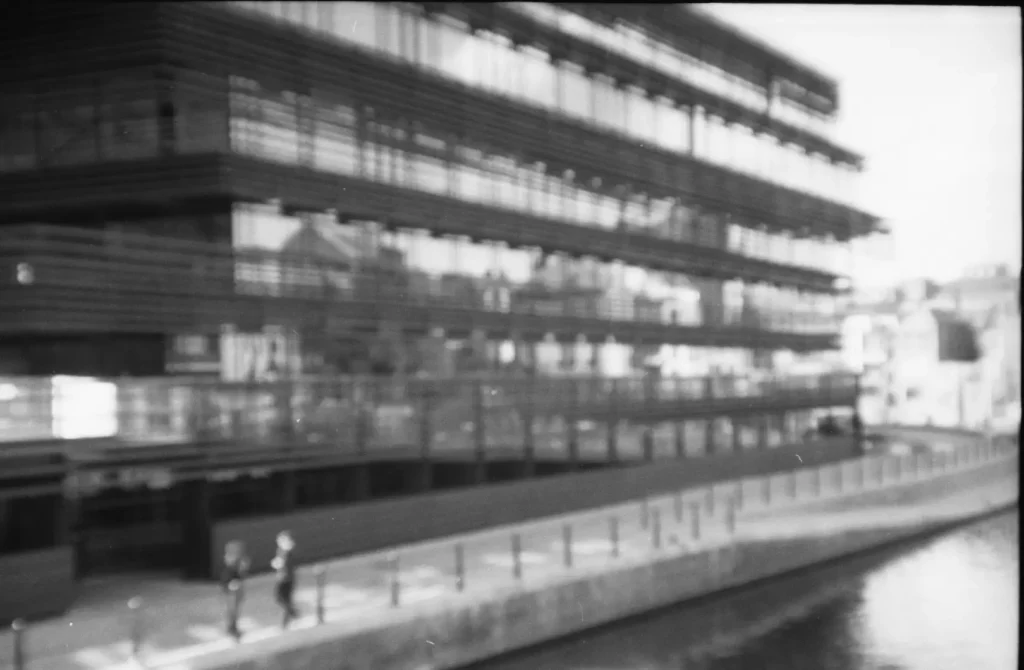
This is the reality I had to face after the “Révisé et en parfait état de marche” deal on Ebay. Did the rangefinder needed a calibration.? Or, worse, was my lens crippled?
Step one, the camera:
The body was dismantled, CLA’d and re-assembled. We decided to have the shutter speed range accurate up to 1/500, and, to avoid to over-tighten the old spring, to leave the 1/1250 to an acceptable 1/980. The rangefinder was still perfectly calibrated. The problem could only be the lens. The man gave me two of his Contax-mounted Russian lenses to run a test. A Helios and a Jupiter. Both focussed correctly at 1 m but my Sonnar focussed way out of range: at 1.25m.
Bad news: The lens must have been dismantled and badly reassembled … maybe the “révision à la Française”. Good news: the lens focuses “somewhere” just not where it is supposed to.
What about the Leica?
The serial numbers indicated that the body was manufactured in 1951, the coated lens dates back to 1941. The body was nearly new in condition, it needed a serious CLA after all those years of inactivity, but showed no traces of wear.
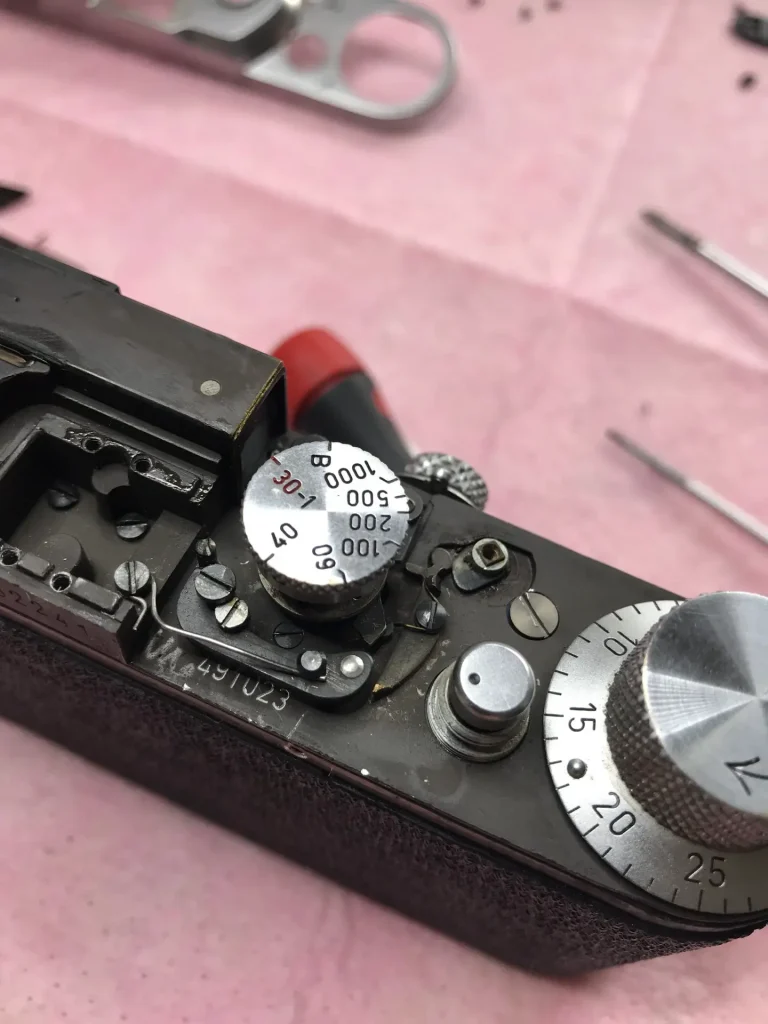
My Leica mounted LTM Sonnar was in worse condition than the Contax-mounted one. The lens must have hit something (the floor?) so violently, that it had jammed the aperture ring and knocked the elements out of alignment somehow. The right side of the negative was ok, but the left was blurred. Fortunatly, the glass seemed to be intact.
I had no idea where I could fix the lenses here in Belgium so to begin with I mounted the Contax with a Soviet 1955 Jupiter-8 50mm f/2 and my Leica with a 50mm f/2.8 collapsible Elmar I found for 350€
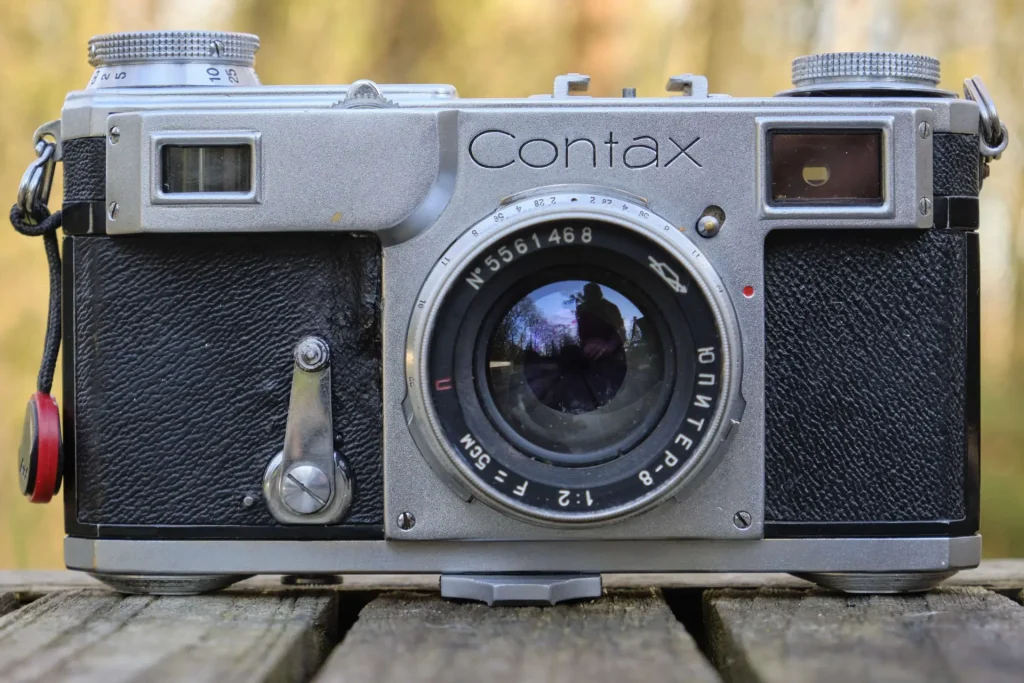
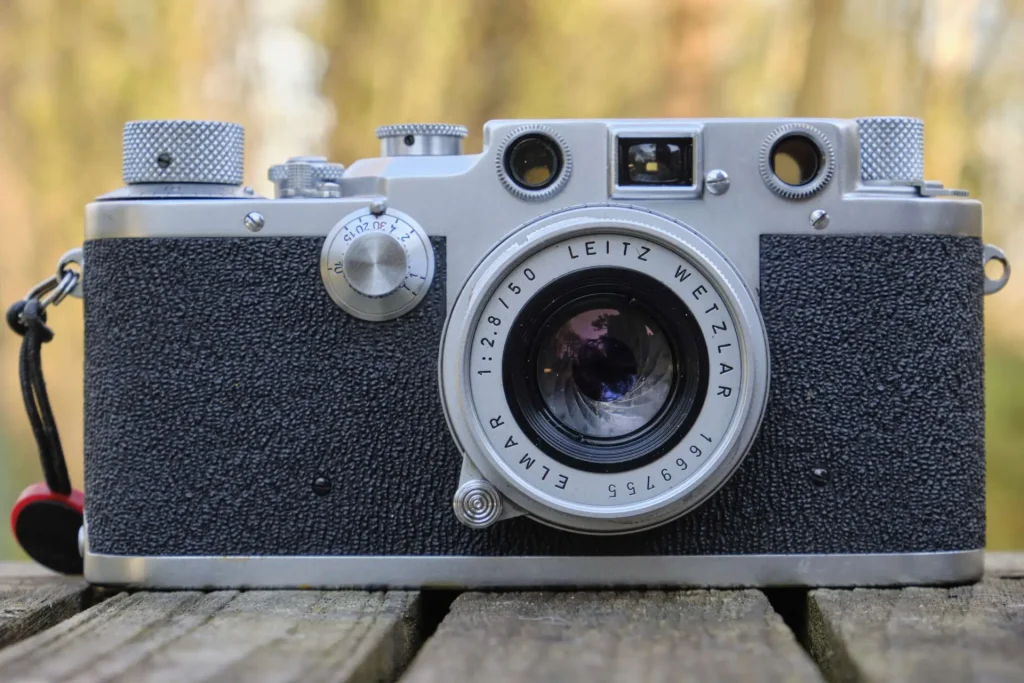
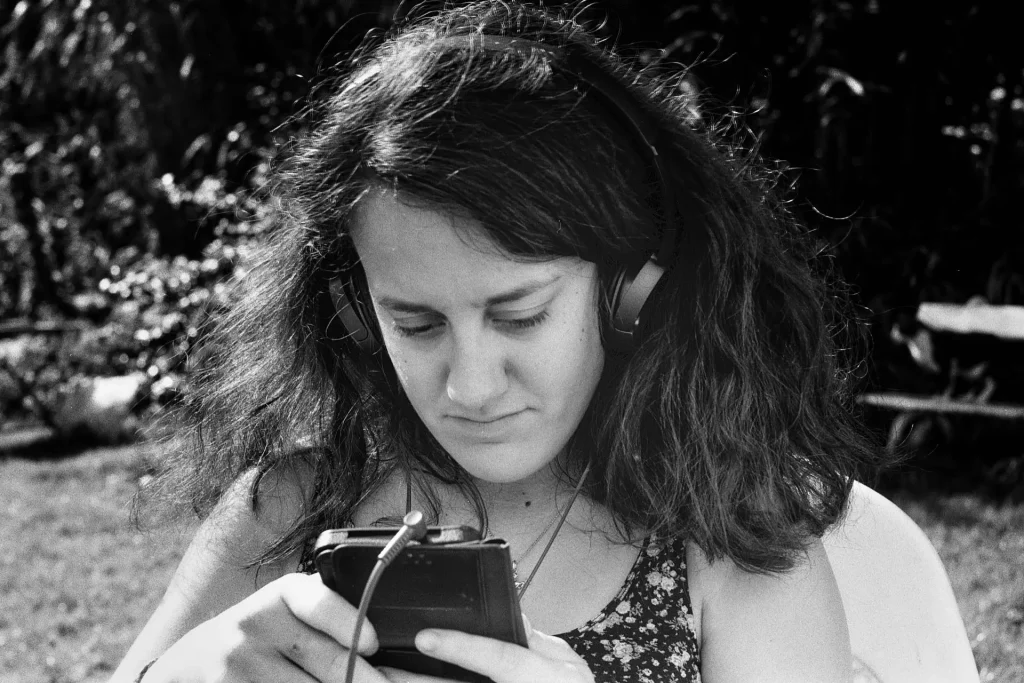
The bill had now reached 1250€. 550€ for the Contax and another 700€ for the Leica setup. And both my Zeiss Sonnars were gathering dust on a shelf. I learned to live with my Contax/Jupiter and the Leica/Elmar combination and enjoyed it.
That was until I saw Hamish’s reviews “Exploring the classic Sonnars”. Hamish has reviewed several Sonnar-type lenses modified by Chris Andreyo of Skyllaney Opto-Mechanics. Chris is so passionate about Sonnars that he’s actually building a small batch of his own Sonnars, the “5cm f/2 Bertele”
Repairing the Sonnars
In spring 2020 I contacted Chris and sent him the two Sonnars. One month later he wrote to me as follows (I have had permission to share his email):
“I have gone over both your Sonnars today, and yes, they can be repaired and put right. The LTM one has an aperture blade that has jumped out of the aperture, this is partly why it’s hard to stop down. The aperture mechanism appears to be damaged,
The optical housing is not holding lens elements concentric, as to explain why the left side is soft, and the right side of the image is sharper.
What I propose, is we transfer all the optical elements and front filter ring (with serial number) from your LTM lens, to a spare brass optical housing I have. This will fix the broken aperture issue the lens has, the de-centred elements issue that’s causing the left side to be soft, and resolve the roughed up 40.5mm filter ring it has also. So, three birds killed with one stone, so to speak!
The one inside your LTM Zeiss lens, is aluminium currently. Zeiss made both versions (brass and aluminium), and as to why they changed from one material to another has to do with the war. I think post war models used aluminium. But during the war, they were using the higher quality brass, as aluminium was being used for the Luftwaffe aircrafts.
I believe everything else on the LTM lens is salvageable, and the glass on the lens is in excellent condition for its age, in my opinion.
Regards the Contax RF lens, it has probably been opened, someone may have tried to clean it, and did not assemble it back together correctly. So, it’s lost its calibrated state.”
Chris’s comments about the use of aluminium and brass intrigued me. I have a lens that I dated to 1941, so if Chris is right, it perhaps should be brass rather than aluminium. This is not some Ebay “Frankenstein” lens – the man I bought it off confirmed me that his dad was the first owner and that the camera-lens combo was brand new when he bought the Leica in the early 1950s. Maybe, the lens was repaired after the war with spare parts? But then it seems the lens has never been fixed. This is Chris’s opinion:
Post war, there is a lot of inconsistency with the lenses, mechanically. Often known as the Coburg or “transition” lenses, from the times when Zeiss had fled Jena. I’ve seen many lenses from this period that used nonstandard parts. I suspect yours is yet another example of this.
My mindset at this point is, anything from the 1946-1948 time frame, made by Zeiss, I fully expect it to be different, and full of surprises. They often would use left over optical blocks with earlier serial numbers, and install them into aluminium LTM bodies.
I have no way of proving for sure this is the case with your LTM lens, but the presence of the aluminium optical housing in yours, when in 1941, aluminium was highly coveted by Germany and not being used in lenses, could indicate that your lens is actually a Coburg Sonnar, made more towards 1947. At least, This is my ‘suspicion’ with your LTM lens”
Interesting! One way or another, wow, the lenses are “salvageable”! Both the Sonnars were to cost roughly 600€ to repair (with the spare optical block), a total cost of 1850€ for two cameras and lenses. Let’s go for it!
Chris started to repair the lens but, very soon, he wrote me that there was an issue he wasn’t anticipating. The optical block was crooked and bent inside the body and stuck in the inner helicoid. Any further attempts to free the optical block, may result in damage to their outer helicoid part.
But, there was still another solution: The Zeiss LTM lenses are the same type as the ones used on Soviet LTM Jupiter 3s. He proposed to obtain a Jupiter 3 LTM, and take its inner helicoid part for usage in order to fix the lens.
A few minutes later, another email came in:
“I may have spoken to soon! I decided to try one last time to free the optical block housing. This time, I used more force then I was really comfortable with, but miraculously, it finally shifted! So, the old optical block is free from the helicoid, and the working spare optical block housing can be installed now.”
Reunited with their rangefinders.
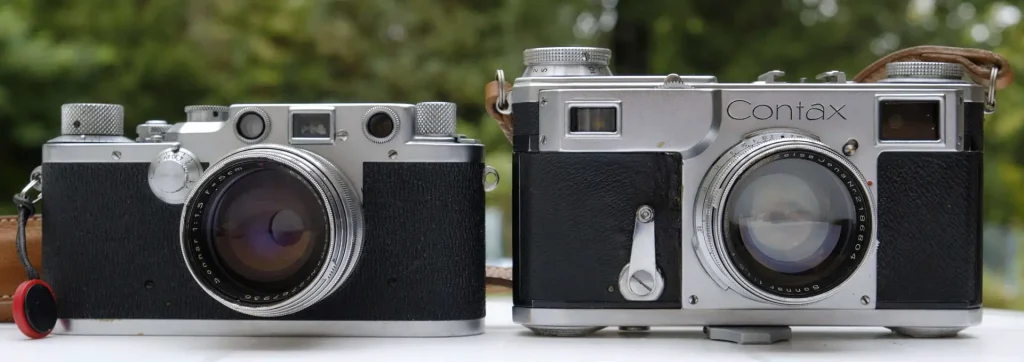
Words from Chris:
To say they both were a challenge, would be an understatement! Your LTM Sonnar lens, was one of the most challenging lenses I’ve done. It has taken well over 10 hours total.All is well now with the lens, it’s been calibrated for f/2. It’s a rather sharp copy in my opinion too.
With these Zeiss made LTM lenses, they will not focus to infinity using the rangefinder, the lens stops just slightly short of infinity. This is by design, as once the lens is stopped down to say f/4, the Sonnar focus shift moves the focal plane to infinity. If the lens were to focus at infinity at f/1.5, then by f/4, the hard stop would cause the lens to focus past infinity.
The Contax RF Sonnar was challenging also. The reason it was not focusing correctly, is because it had been disassembled previously and reassembled incorrectly.
There were internal optical elements in the wrong locations! The rear set was moved about 3mm backward, and this caused the lens to yield a true focal length of about 56mm. The Contax RF Sonnar is supposed to be 52.4mm, so you can see the issue.
Another issue was, the internal triplet is wedged and seized inside the lens block. I can not tell if Loctite or some other substance was used, but it was impossible for me to free the retention ring completely, to remove the internal triplet. As a result, I had to clean and service the lens leaving this element inside.
Even though they have both been calibrated for f/2, do please feel free to use f/1.5 without worry. At f/1.5, the lens slightly softens up, and it’s very hard to see the micro deviation in focus accuracy, even on a 40+ megapixel full frame digital sensor.
On film, i highly doubt you will ever notice the slight front focus on f/1.5. The important part, is both lenses should work perfectly on their respective rangefinder cameras now.
Photos with the Contax II
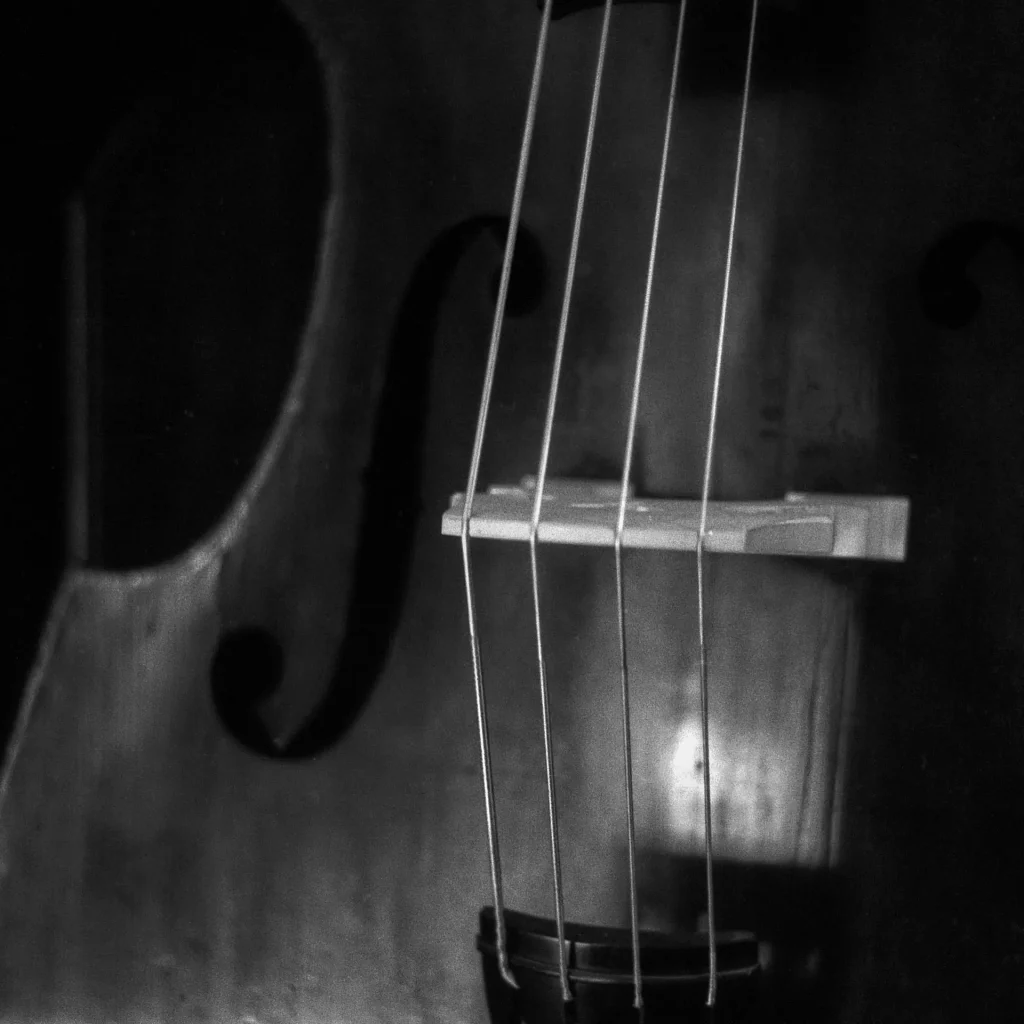
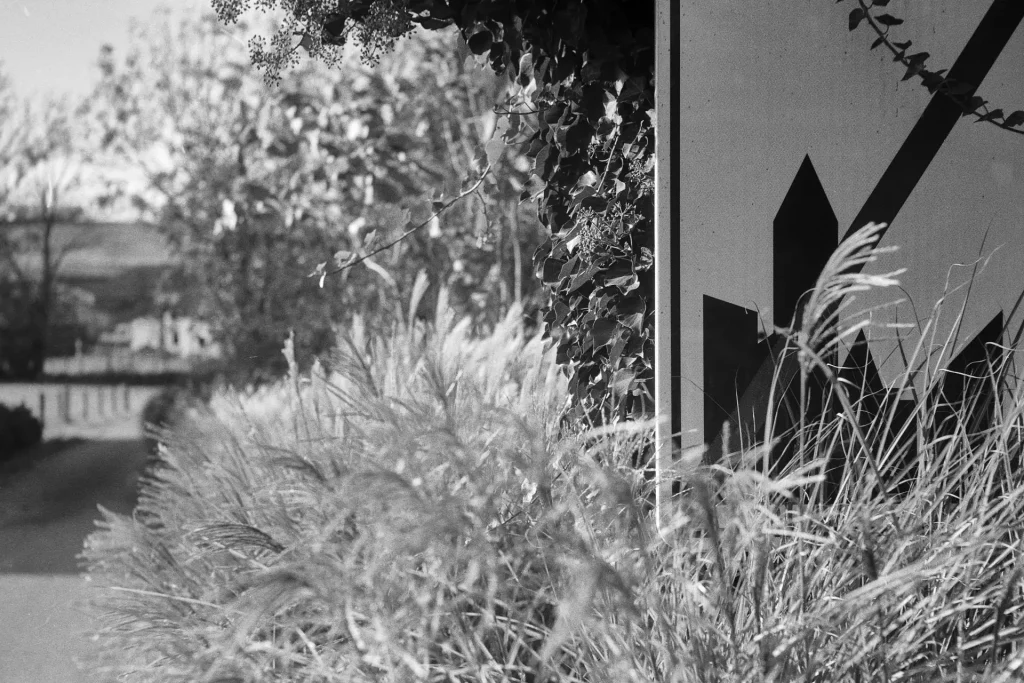
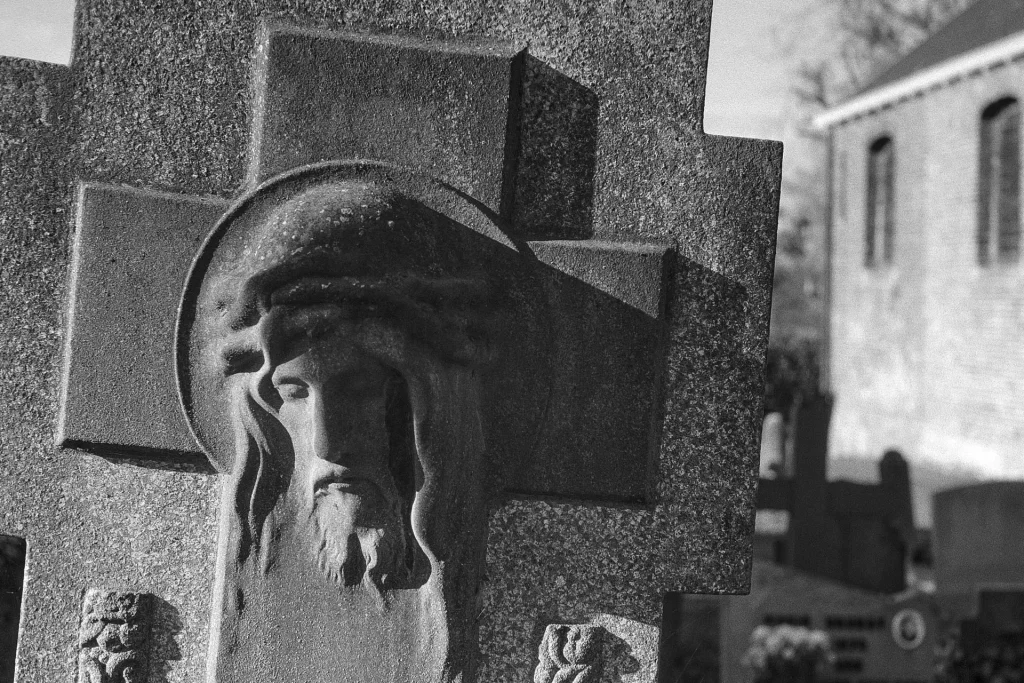
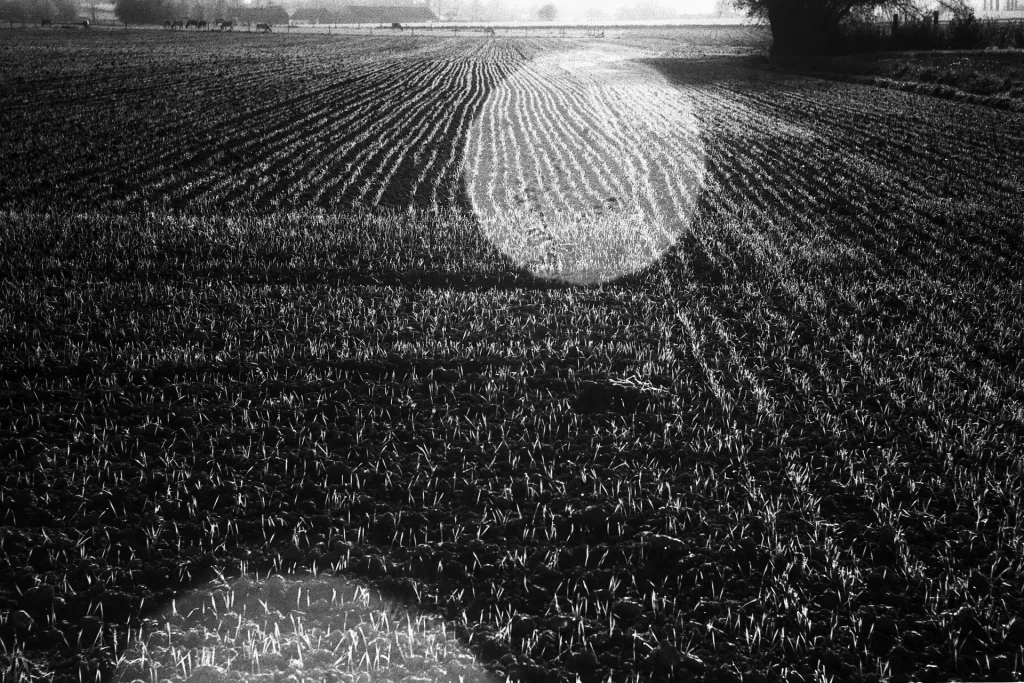
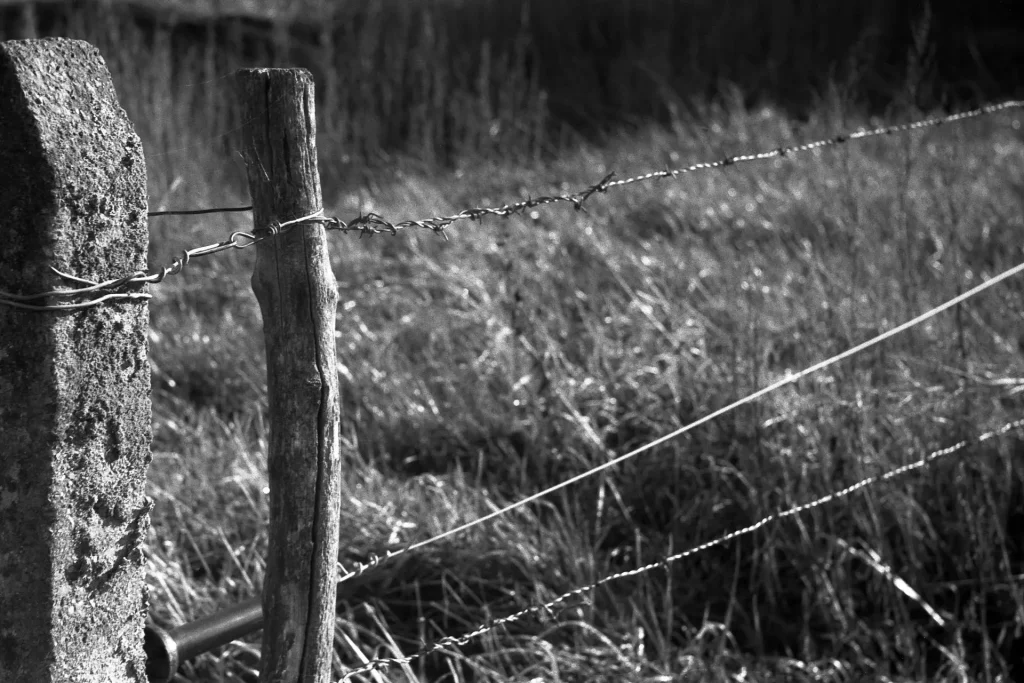
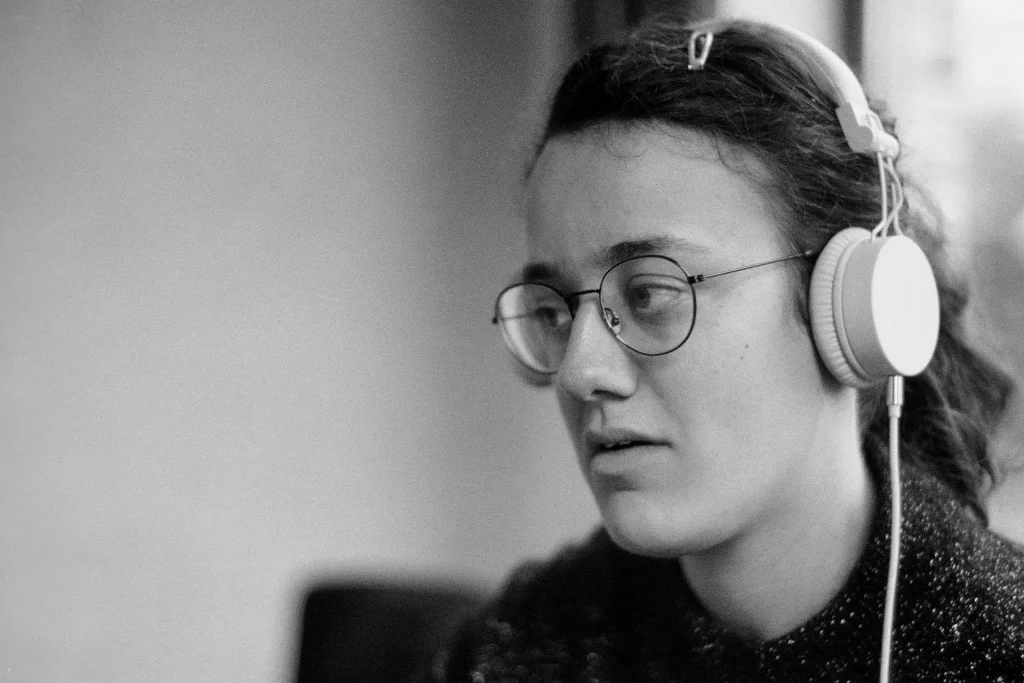
Photos with the Leica IIIc
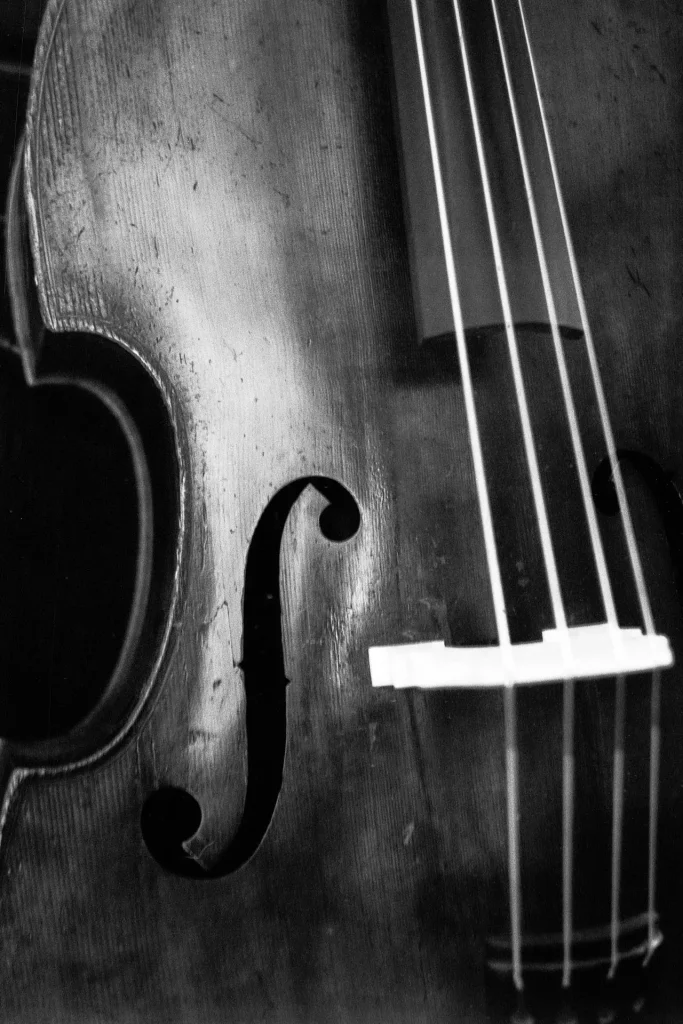
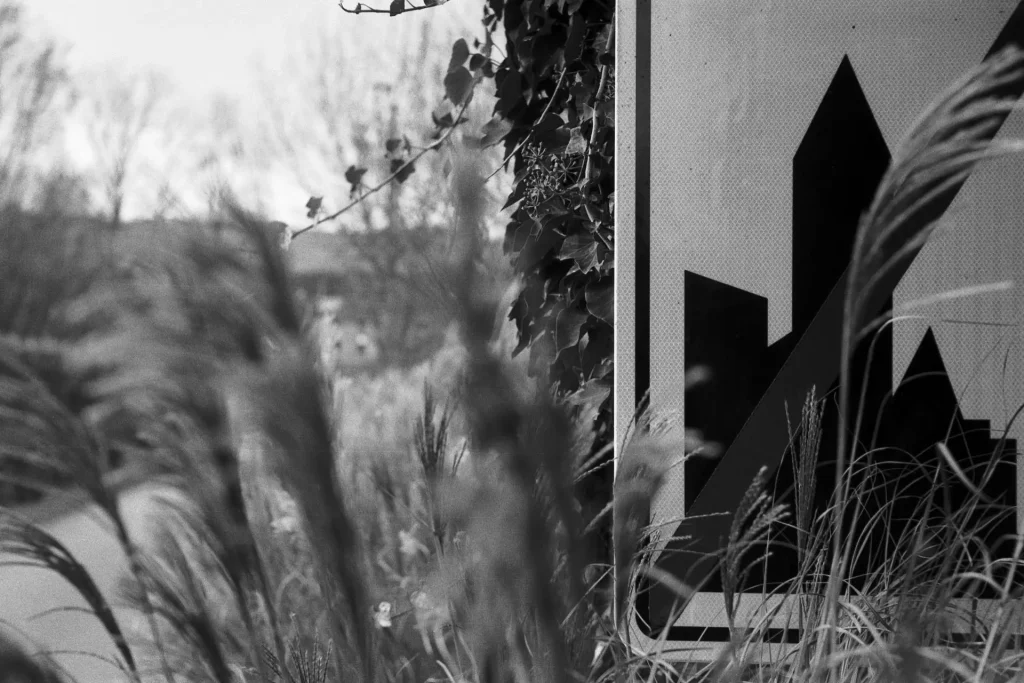
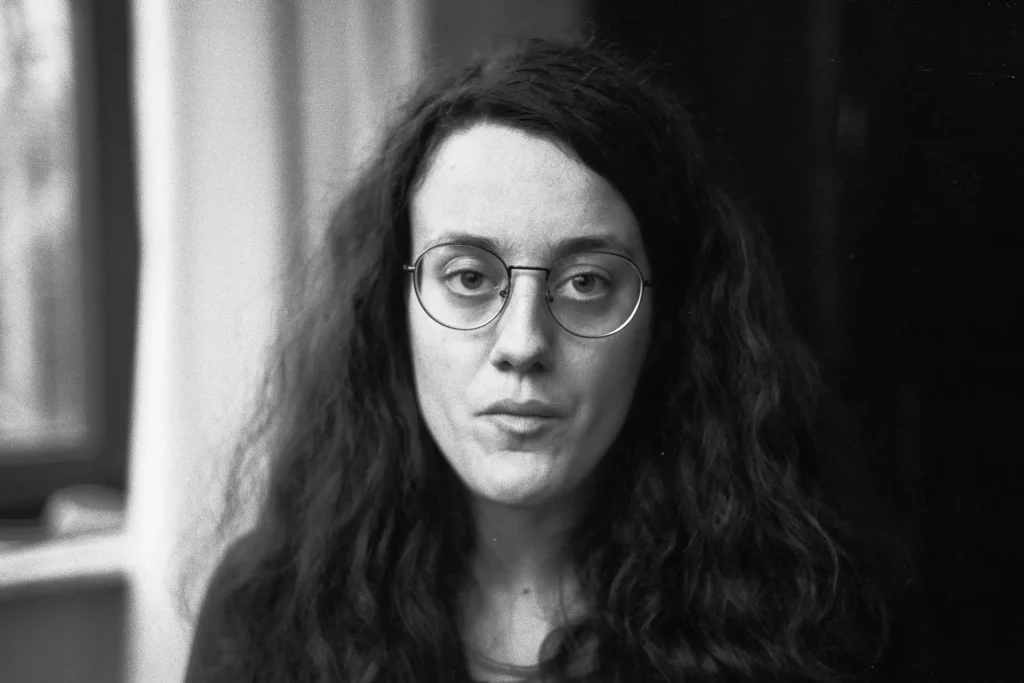
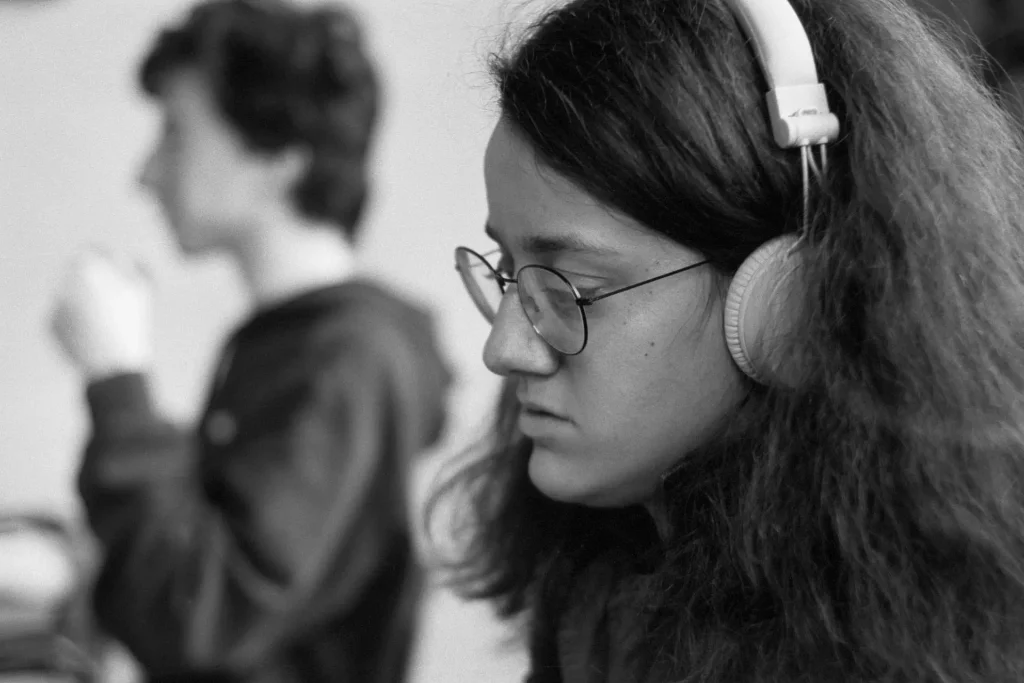
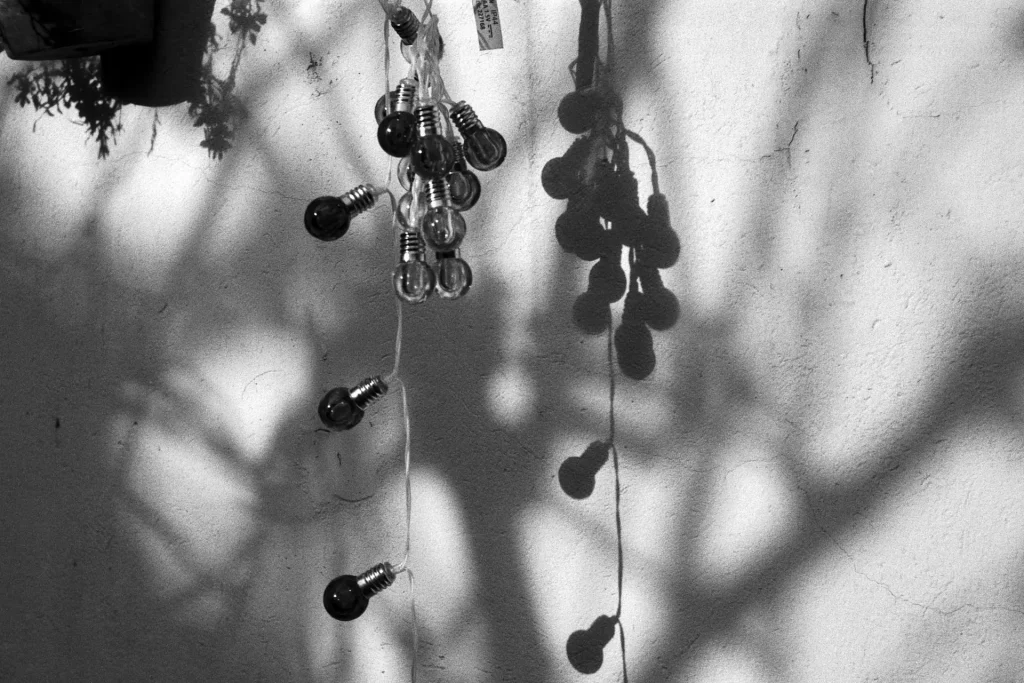
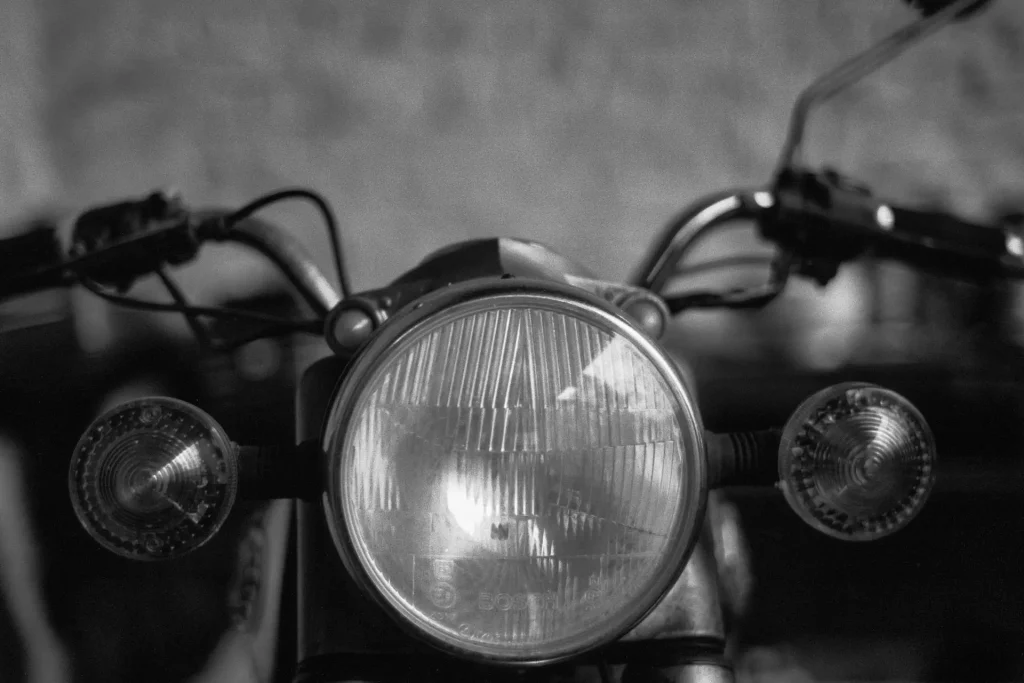
Conclusions
Chris Andreyo didn’t only a marvelous job by bringing the lenses back to life but thanks to his dedication he gave me the opportunity to taste the real flavour of those beautiful lenses.
Both the Sonnars were made to fit the rangefinders of their time and that’s the way they speak their unique, original language. They will work fine on modern (full frame) film cameras and give a beautiful “retro-look”
On my Fuji X cameras, they are (considering the crop factor) nice and difficult portrait lenses. With the crop factor, you only use the centre part of the lens and miss most of the “magic”
With these lenses I keep in mind that I’m taking pictures with unique handmade lenses made for unique handmade cameras. They all speak the same language, but they have their own dialects. This is part of the charm of rediscovering old lenses on their matching cameras.
Thanks to Chris from Skyllaney for letting me share the content of his emails to me – I felt the wealth of knowledge deserved to be shared.
Share this post:
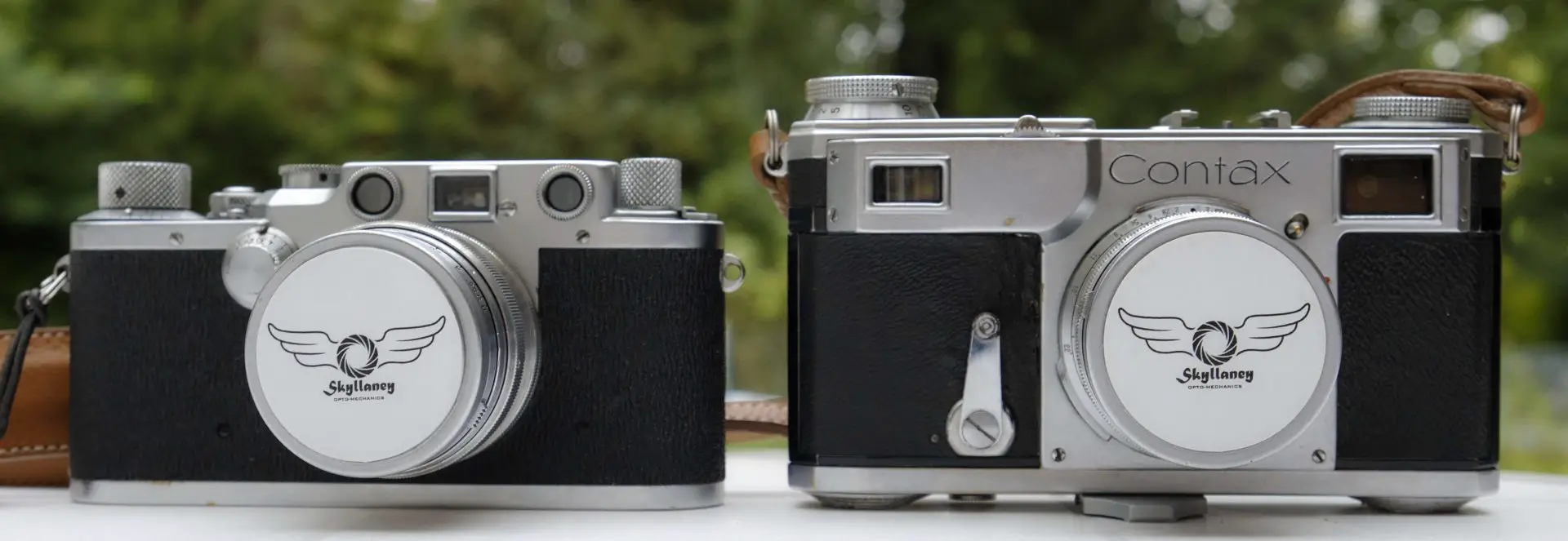


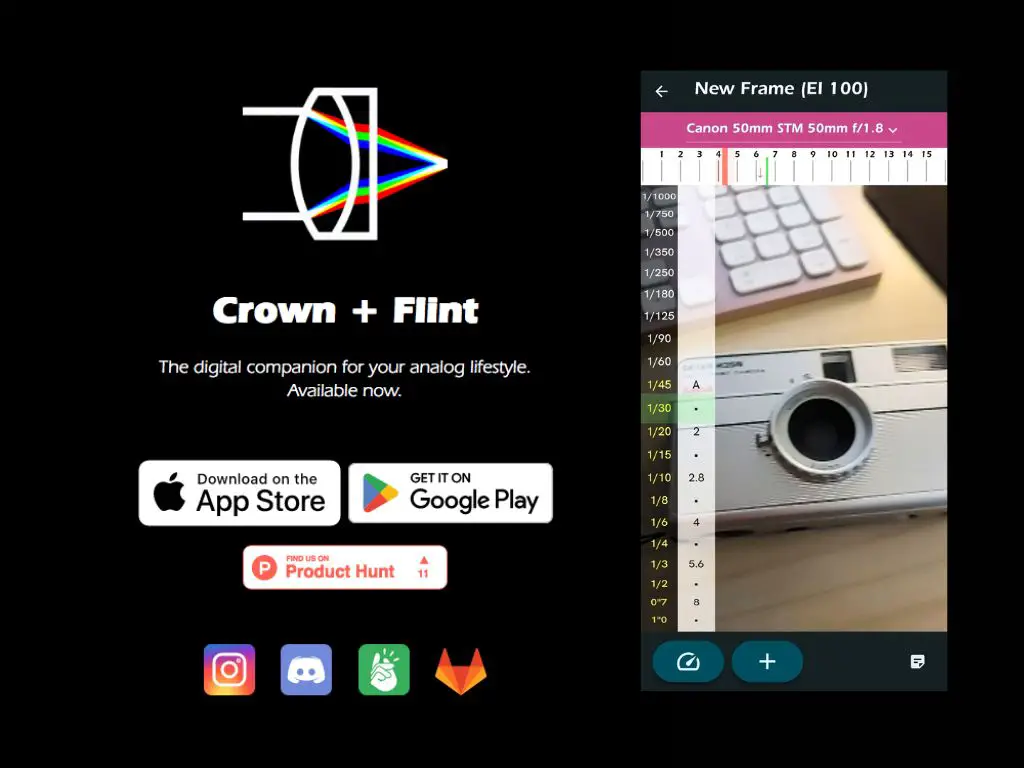
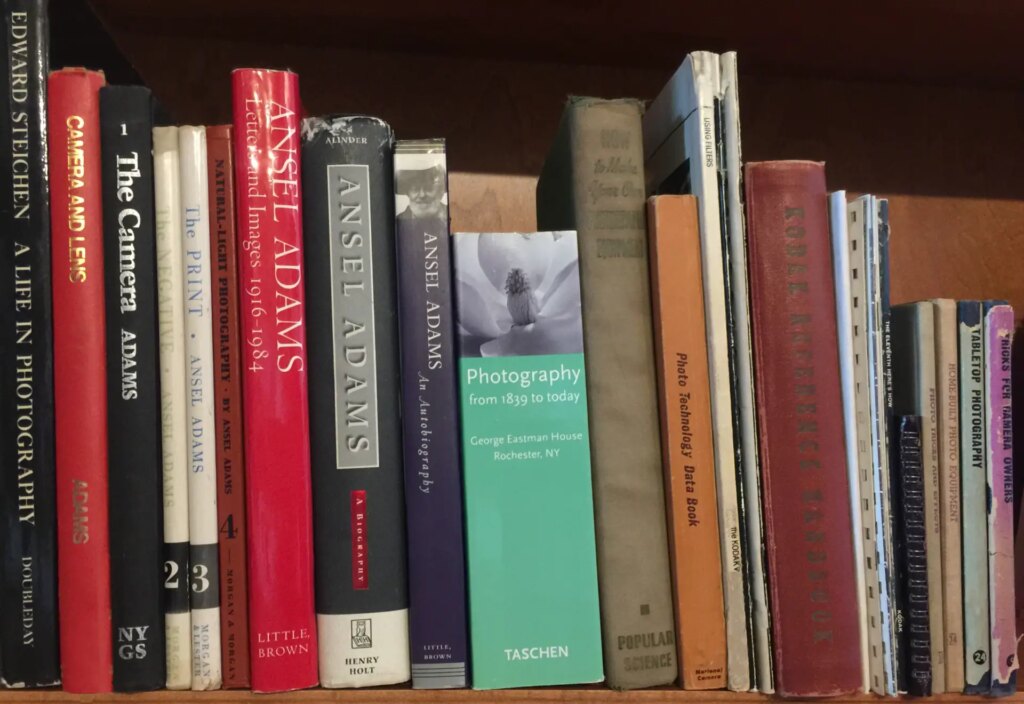




Comments
Gil Aegerter on Skyllaney-Restored Sonnars Reunited with Their Old Rangefinder Camera – By Phil Steelandt
Comment posted: 07/02/2021
Comment posted: 07/02/2021
Michael Christ on Skyllaney-Restored Sonnars Reunited with Their Old Rangefinder Camera – By Phil Steelandt
Comment posted: 08/02/2021
Comment posted: 08/02/2021
Phil Steelandt on Skyllaney-Restored Sonnars Reunited with Their Old Rangefinder Camera – By Phil Steelandt
Comment posted: 08/02/2021
Both nice cars ;-)